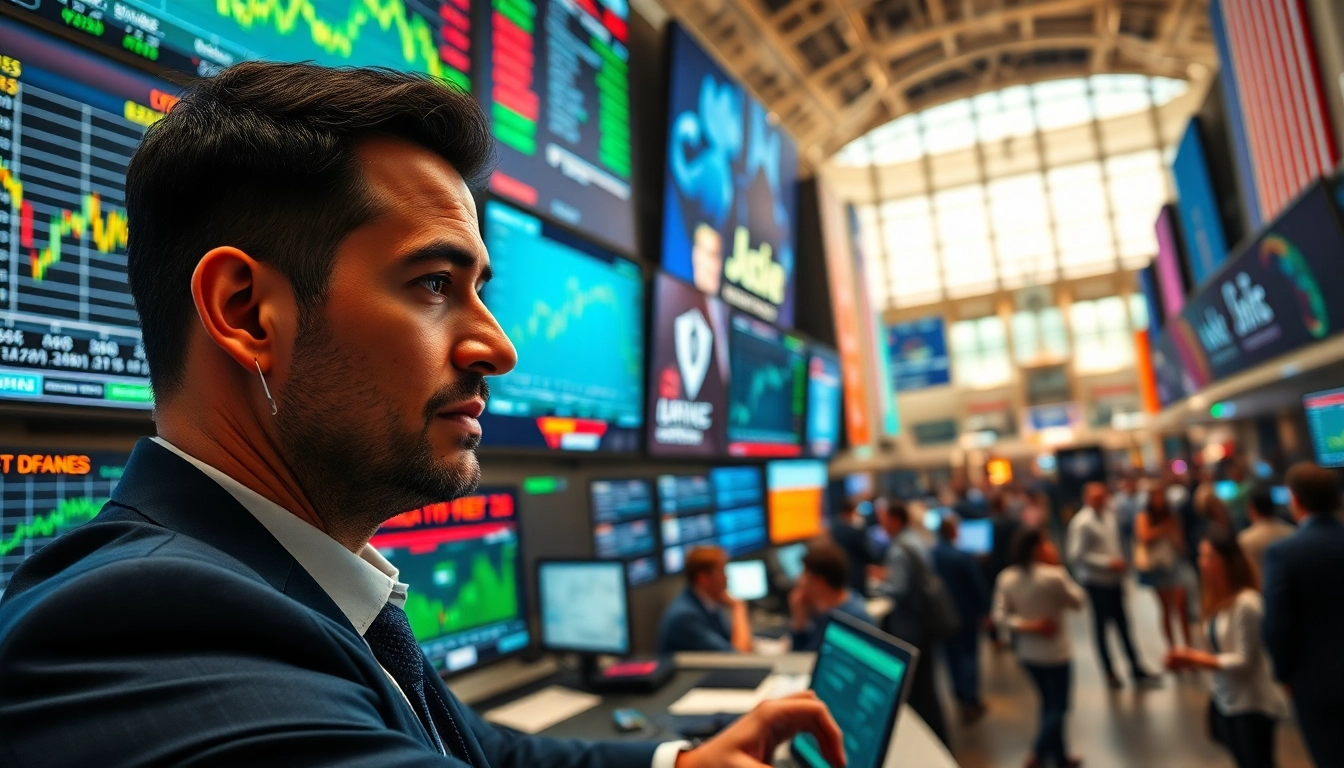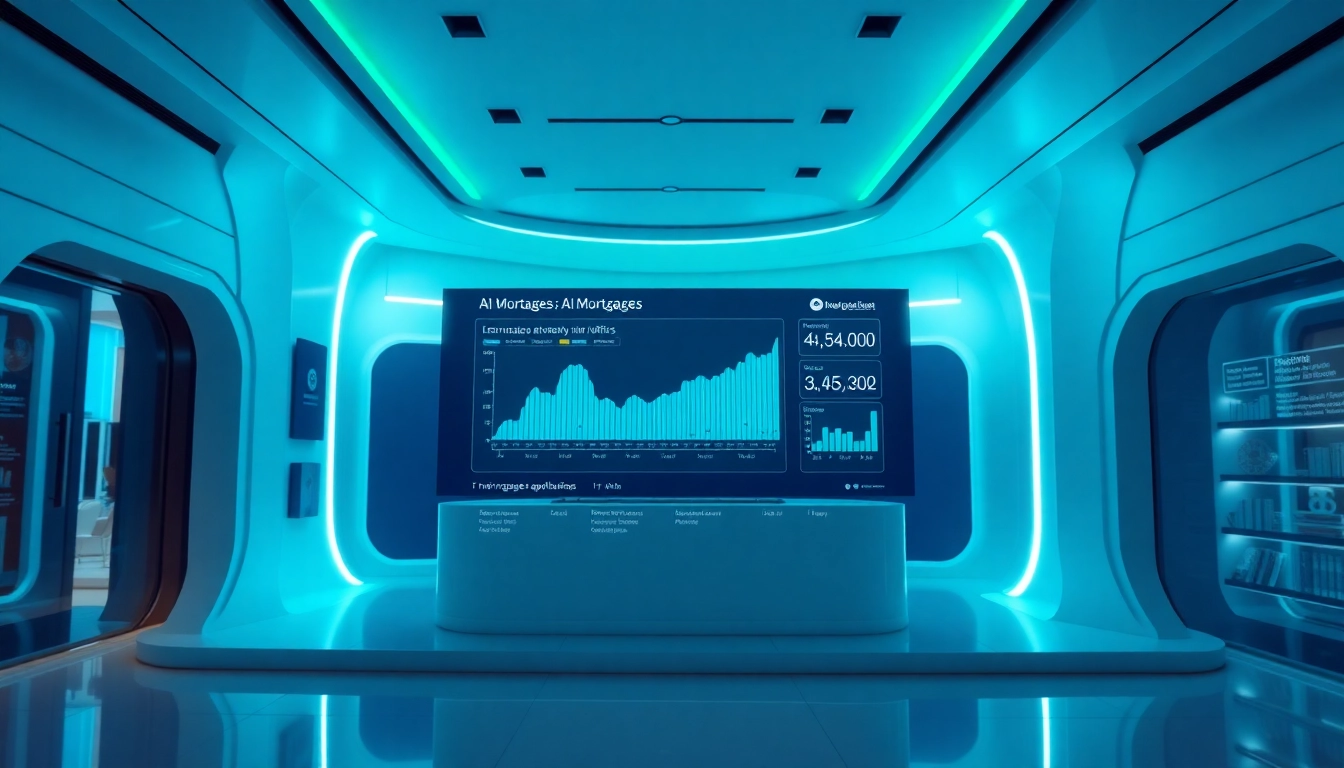Understanding Trade Futures: A Comprehensive Overview
Trade futures are an integral part of global commerce, offering unique opportunities for investors and businesses alike. With a myriad of potential applications—from hedging risks to speculative trading—understanding trade futures is essential for anyone looking to navigate the dynamic landscape of financial markets. In this article, we will unravel the intricacies of trade futures, providing insights into their mechanics, benefits, challenges, and best practices.
For those unfamiliar with the concept, trade futures are standardized contracts obligating the buyer to purchase, and the seller to sell, a specific asset at a predetermined price on a future date. These instruments are particularly popular in commodities but have expanded to include financial products, currencies, and indices. To effectively engage with trade futures, it’s important to delve deeper into their mechanics.
What Are Trade Futures?
Trade futures are contracts that allow participants to buy or sell a specified quantity of an asset at a predetermined price on a future date. They are traded on exchanges and can involve various underlying assets, including agricultural products, energy resources, metals, and financial instruments. The primary purpose of trade futures is to hedge against price fluctuations or to speculate on future price movements.
Key Terminology in Trade Futures
Understanding the lingo associated with trade futures is crucial for any trader or investor. Here are some key terms:
- Contract Size: The amount of the underlying asset mentioned in a futures contract.
- Expiration Date: The date on which the futures contract becomes due.
- Margin: An amount deposited to open and maintain a leveraged position in a futures contract.
- Open Interest: The total number of outstanding contracts that have not been settled or delivered.
- Settlement: The process by which the obligation of the futures contract is fulfilled, either through physical delivery or cash settlement.
How Trade Futures Work: A Step-by-Step Breakdown
Engaging in trade futures typically involves the following steps:
- Choose Your Market: Determine which asset class you are interested in trading, such as commodities, currencies, or indices.
- Select a Futures Contract: Pick the specific contract that aligns with your trading strategy—considering aspects like contract size and expiration.
- Open a Trading Account: You’ll need to establish a brokerage account that allows you to trade futures.
- Decide on Leverage: Determine the amount of margin you want to use to control your position size.
- Place Your Order: Enter your order with precise details about the contract size, type (buy/sell), and any specific instructions such as stop-loss orders.
- Monitor Your Position: Keep track of market movements and the performance of your trade.
- Close the Position: Determine the appropriate time to sell, either before expiration or at the contract’s maturity.
Benefits of Engaging in Trade Futures
Potential for High Returns in Trade Futures
One of the most attractive aspects of trade futures is the potential for high returns. Since futures contracts can be leveraged, meaning you only need to put up a fraction of the total contract value to enter a position, the potential gains (as well as losses) can be magnified. Traders can take a relatively small investment and control a larger position, amplifying their potential profit margins significantly.
Diversification through Trade Futures
Trade futures provide an excellent avenue for diversification in a portfolio. By incorporating various asset classes into your trading strategy, you can spread risk and potentially increase returns. For instance, a trader focused predominantly on equities might consider adding commodity futures to their portfolio, which may react differently to market conditions, thereby balancing overall risk exposure.
Leveraging Leverage: Pros and Cons
Leverage is a double-edged sword in trade futures. While it can enhance potential returns, it also increases the risk of significant losses. Understanding how to effectively utilize leverage is crucial. Traders must exercise caution and employ strategies such as setting stop-loss orders to manage risk and avoid large adverse market moves.
Common Challenges in Trade Futures
Market Volatility and Its Impact
Market volatility is a significant challenge in trade futures. Prices can swing dramatically, which can destabilize positions and lead to unexpected losses. While volatility can present opportunities for profit, it requires traders to adopt stringent risk management strategies and to remain disciplined under pressure.
Emotional Trading and Psychological Barriers
Emotional trading can lead to poor decision-making. Fear and greed often dictate actions in the market, prompting traders to deviate from their planned strategies. Developing a disciplined trading mindset and establishing rules to govern trading decisions can help mitigate emotional influences and promote more rational trading behaviors.
Understanding Liquidity in Trade Futures
Liquidity refers to how easily an asset can be bought or sold without affecting its price. Low liquidity in trade futures can cause larger price movements and hinder the ability to execute trades at desired prices. It’s essential for traders to understand the liquidity of the contracts they are trading and to focus on instruments that offer sufficient trading volumes to ensure smooth transactions.
Best Practices for Trading Futures
Developing a Robust Trading Plan
A well-thought-out trading plan is fundamental to success in trade futures. This plan should outline your goals, strategies, risk tolerance, and the criteria you will use for entering and exiting trades. Regularly reviewing and updating your trading plan to adapt to changing market conditions can significantly enhance your trading effectiveness.
Risk Management Strategies for Trade Futures
Effective risk management is imperative when trading futures. Strategies might include setting stop-loss orders to limit potential losses, diversifying your portfolio across different asset classes, and maintaining an appropriate risk-reward ratio for every trade. Risk management not only protects capital but also cultivates a disciplined trading approach.
Utilizing Technical Analysis Effectively
Technical analysis is a crucial tool for traders in futures markets. By analyzing price charts and identifying patterns, traders can make informed decisions about market entries and exits. Familiarizing oneself with technical indicators such as moving averages, relative strength index (RSI), and Bollinger Bands can greatly enhance trading performance.
Measuring Success in Trade Futures
Key Performance Indicators for Traders
Traders must track key performance indicators (KPIs) to assess the success of their trading efforts. Some common KPIs include win/loss ratio, average profit/loss per trade, and maximum drawdown. By regularly analyzing these metrics, traders can gain insights into their performance and identify areas for improvement.
Reviewing and Adjusting Your Strategy
Markets are dynamic, and strategies that once worked well may become less effective over time. Review your trading results regularly and be willing to adjust your strategy based on performance data and changing market conditions. Continuous improvement is key in the fast-paced environment of trade futures.
Long-Term vs. Short-Term Success Metrics
It’s crucial to distinguish between long-term and short-term success metrics when trading futures. Short-term metrics can help traders fine-tune tactics, while long-term metrics provide a broader perspective on overall performance. Adopting a balanced view of success ensures you remain aligned with your ultimate trading goals.










Leave a Reply